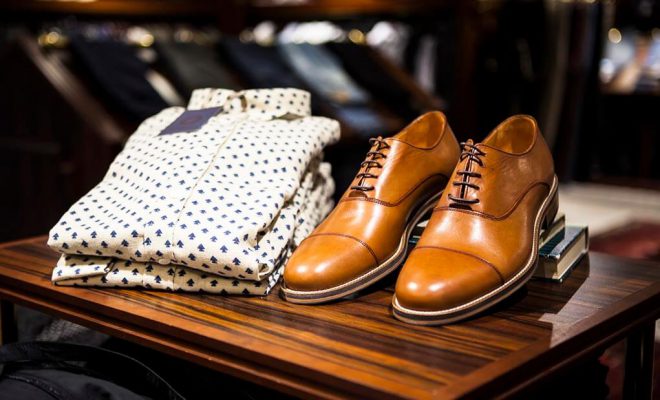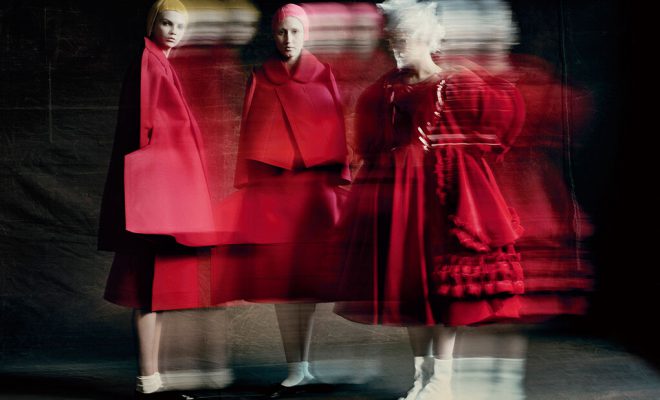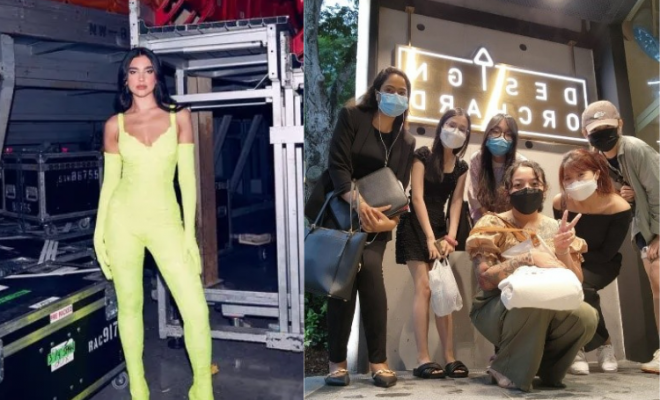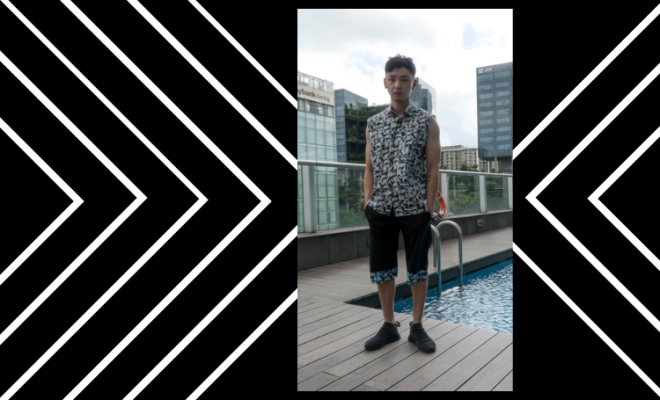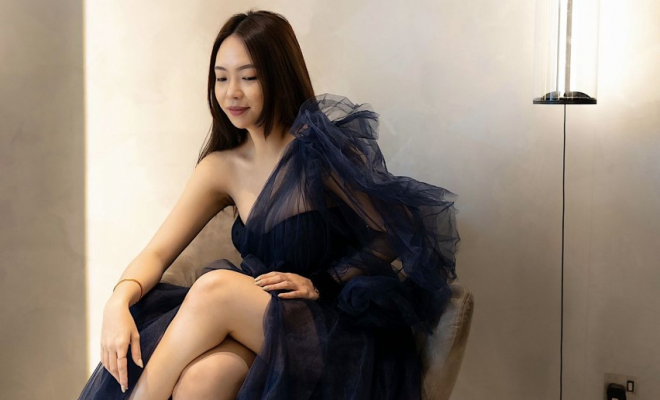The Basic Cycle of Fashion Design

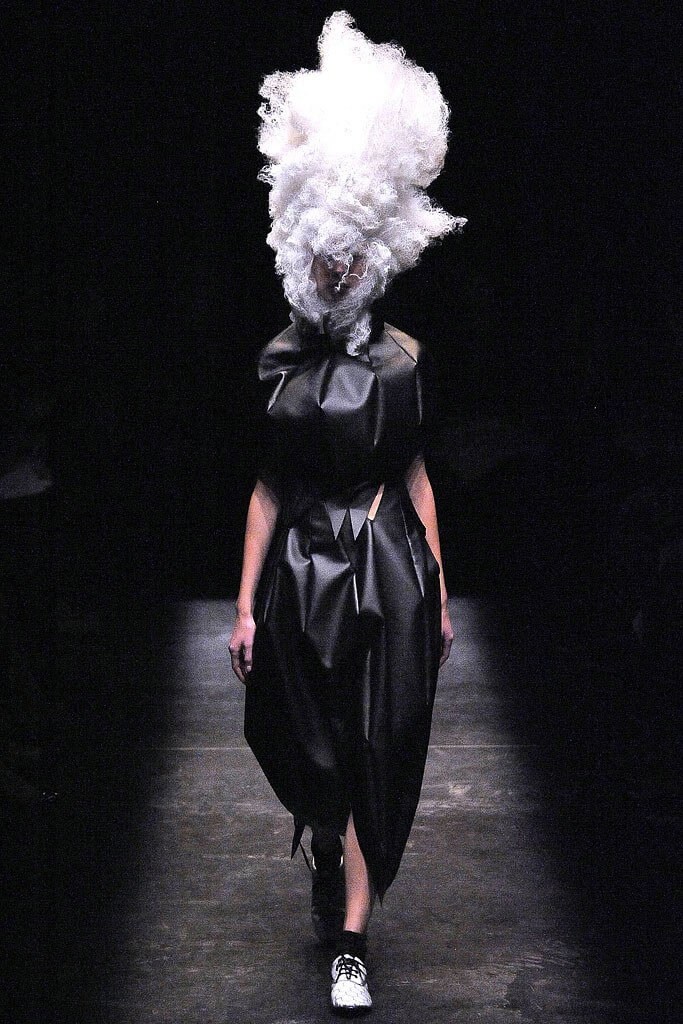
Comme des Garçons S/S 2017
Taking industrial design as a basis for research, Roozenburg and Eekels laid out a set of instructions (or phases) called the basic design cycle. It starts from analysis to a final definite design. Since both industrial and fashion design embody a similar working process in educational systems, we will take the assumption that the phases laid out for industrial design as the intended model will work hand-in-hand with fashion design.
1. Basic Cycle of Design

Figure 1: The Basic Cycle of Design
Roozenburg and Eekels proclaimed that the basic design cycle is the most fundamental model of designing, because this cycle as suggested in the Figure 1 (Roozenburg & Eekkels, 1995) above can be found in all fields of creation and is applicable to all design problems whatever the nature.
1.1 Analysis
The chart is broken down into 5 phases with analysis being the first. It states the purpose for a piece of design begins with understanding the very function of the product. The function can be technical, psychological or even economical. The product can also be designed either for pure technical value, similar to products from The North Face, or for conceptual/psychological responses like Rei Kawakubo’s Comme des Garçons. What is important, however, is that the choice must be firmed up early. Otherwise the designer will not have a clear direction of what has to be designed. This will cause delays to the timeline.
1.2 Synthesis
The next phase is the generation of a tentative design proposal. The word, synthesis, by itself, means a combination of independent and abstract ideas. As a whole, synthesis is the least tangible of all other phases. It cannot be compartmentalised into a particular area in the cycle and happens throughout but it is in essence, the moment of externalization of an idea in a form, be it verbal, sketching or modelling. However clear the synthesis is and how it may or may not invoke creativity in other phases will be discussed later.
1.3 Simulation
This is a deductive phase, the forming of an image with the intended properties of the designed product via modelling or toiles (a test version of a garment made in a cheap material). A variety of research and production methods are available to a designer in theory. Trend research (forecast reports from various sources depicting what will or will not be in trend a year from current time) is another aspect that can be input into this phase.
1.4 Evaluation
The evaluation of the quality of the product happens in this phase. To do so, the expected properties are compared with the desired ones set in the early analysis phase. As there will always be a difference between the two due to material and fit limitations, it has to be judged and balanced by the designer on whether the differences are acceptable. If the product is functioning to an adequate emotional response or technical property, then the evaluation phase is successful.
1.5 Decision
Finally the cycle is complete with the decision phase – is the design successful or should improvements continue further. If it is deemed unsuccessful, the cycle repeats itself to generate a better design proposal. Usually the first provisional design will not be exactly what was envisioned earlier but with the phases repeating, an acceptable result can be achieved.
Stay tuned next month for the continuation of this.


